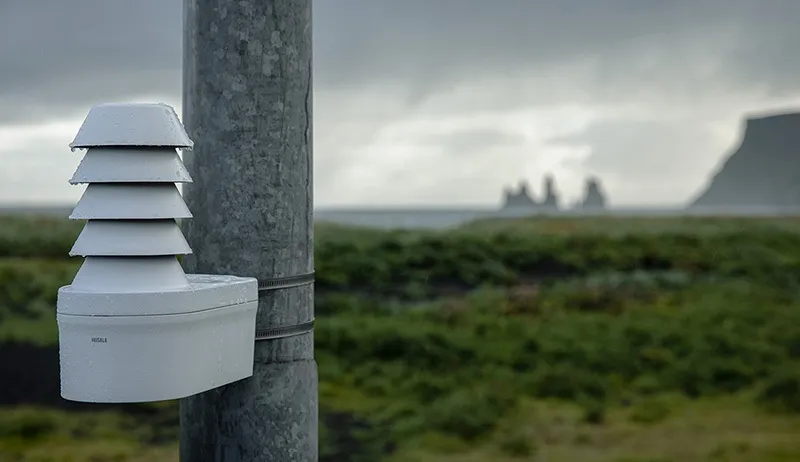Global weather specialist Vaisala has launched a newly developed non-invasive road weather information system with substantial benefits for road operators. The Guardian Road Weather Information System (RWIS) uses laser spectroscopy to gauge pavement condition during all types of weather. It measures a variety of parameters: amount of accumulated water, frost, ice, slush, snow, and humidity as well as air and pavement temperature. For the first time ever for non-contact sensors, Guardian also derives a measu
February 2, 2012
Read time: 2 mins

Global weather specialist 144 Vaisala has launched a newly developed non-invasive road weather information system with substantial benefits for road operators. The Guardian Road Weather Information System (RWIS) uses laser spectroscopy to gauge pavement condition during all types of weather. It measures a variety of parameters: amount of accumulated water, frost, ice, slush, snow, and humidity as well as air and pavement temperature. For the first time ever for non-contact sensors, Guardian also derives a measurement of grip.
All Guardian data is presented in an easy-to-understand way that assists decision-making, enabling instant assessment of the road conditions, and giving maintenance authorities lead time to take appropriate actions before the conditions deteriorate. As guesswork is eliminated, road safety improves and maintenance resources can be allocated more effectively.
Guardian integrates the non-invasive sensors with a traffic weather camera, a data management system and a display. It can be quickly and easily mounted on existing structures above or beside the road, such as masts, poles, and buildings, without having to stop traffic and cut into the road. Non-invasive installation also means that the system can be easily relocated whenever necessary.
Vaisala says that thanks to its modular design, Guardian can be installed as a complete solution or as a starting point to develop a relatively low-cost broader system. It can also be smoothly integrated into other technologies, strengthening the backbone of traffic management systems.
All Guardian data is presented in an easy-to-understand way that assists decision-making, enabling instant assessment of the road conditions, and giving maintenance authorities lead time to take appropriate actions before the conditions deteriorate. As guesswork is eliminated, road safety improves and maintenance resources can be allocated more effectively.
Guardian integrates the non-invasive sensors with a traffic weather camera, a data management system and a display. It can be quickly and easily mounted on existing structures above or beside the road, such as masts, poles, and buildings, without having to stop traffic and cut into the road. Non-invasive installation also means that the system can be easily relocated whenever necessary.
Vaisala says that thanks to its modular design, Guardian can be installed as a complete solution or as a starting point to develop a relatively low-cost broader system. It can also be smoothly integrated into other technologies, strengthening the backbone of traffic management systems.










